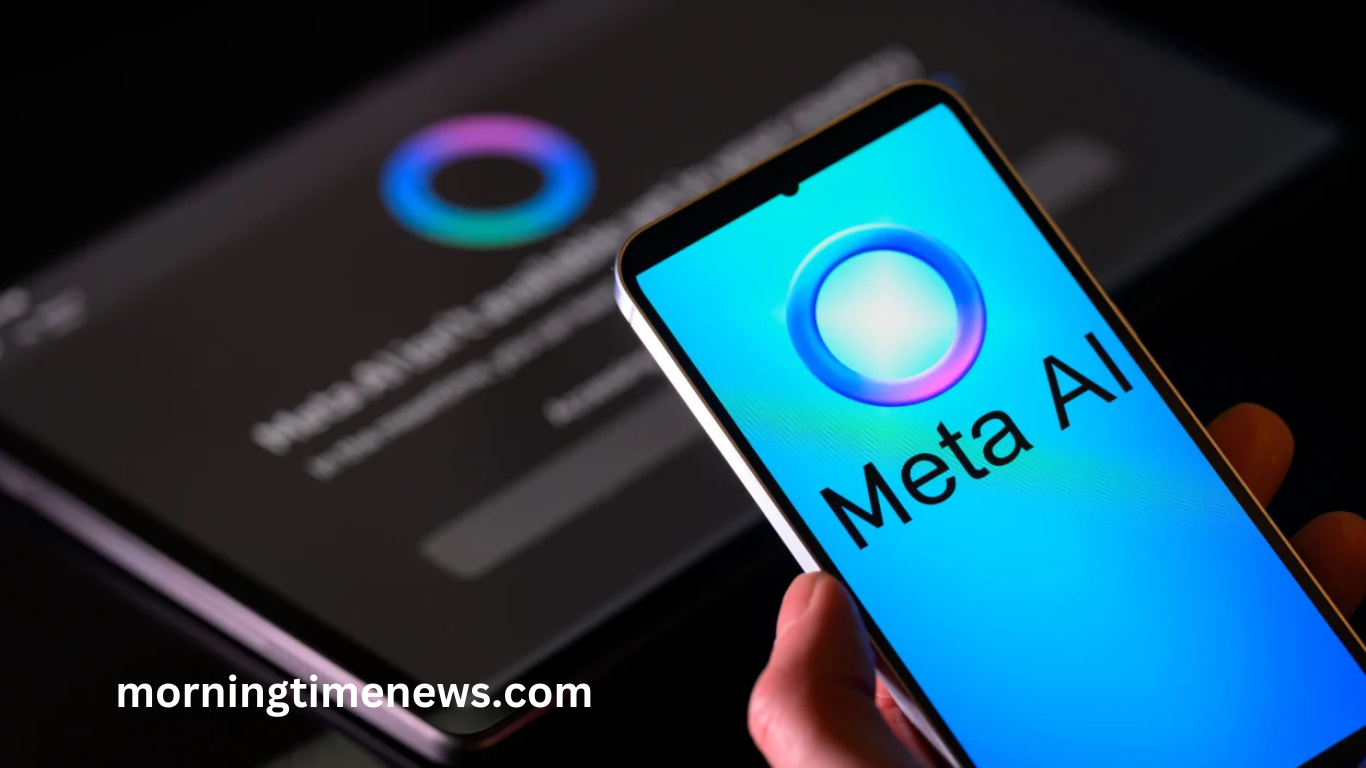Meta has officially rolled out its AI chatbot to users across the European Union, marking a significant expansion of its artificial intelligence capabilities. This move follows the chatbot’s initial launch in other regions, with Meta now bringing its AI-driven conversational tool to a broader audience in compliance with EU regulations.
What the AI Chatbot Offers Users
The AI chatbot is designed to assist with various tasks, from answering general knowledge questions to generating creative content. It can engage in casual conversations, provide recommendations, and even help users draft messages or brainstorm ideas. Meta aims to integrate the chatbot seamlessly across its platforms, including Facebook, Instagram, and WhatsApp.
Addressing Privacy and Regulatory Concerns
Bringing AI technology to the EU comes with strict data privacy requirements. Meta has assured users that the chatbot will comply with the General Data Protection Regulation (GDPR) and other EU data laws. Transparency in data usage, user consent, and security measures are key aspects of this rollout, as the company navigates Europe’s strict digital landscape.
Competing in the AI Race
With tech giants like Google and OpenAI advancing their AI models, Meta’s chatbot enters a competitive market. By leveraging its massive social media ecosystem, Meta hopes to differentiate itself with an AI assistant that seamlessly integrates into users’ digital lives. The chatbot’s success will depend on its functionality, accuracy, and user adoption.
Read More : Meta Settles UK Ad-Tracking Lawsuit, Halts Tracking
Future Plans for AI Integration
Meta envisions AI playing a larger role in enhancing user experiences across its platforms. Future updates may include deeper personalization, improved contextual understanding, and expanded multilingual capabilities. As AI continues to evolve, Meta’s chatbot could become a core feature in how users interact with social media and digital services.
What This Means for EU Users
The introduction of Meta’s AI chatbot provides EU users with a new way to engage with technology. Whether for productivity, entertainment, or social interactions, the chatbot’s capabilities are set to grow over time. As adoption increases, feedback from users will shape how Meta refines and improves its AI assistant in the future.
Frequently Asked Questions
What is Meta’s AI chatbot?
Meta’s AI chatbot is a conversational assistant designed to help users with tasks like answering questions, generating content, and providing recommendations.
Where can EU users access the chatbot?
The chatbot is integrated into Meta’s platforms, including Facebook, Instagram, and WhatsApp, making it accessible across multiple apps.
Is Meta’s AI chatbot available in multiple languages?
Meta is working on expanding language support to ensure the chatbot can communicate effectively with users across different regions.
How does Meta ensure privacy compliance in the EU?
The chatbot complies with GDPR regulations, prioritizing transparency, user consent, and strict data security measures.
How does Meta’s chatbot compare to competitors like ChatGPT?
Meta’s chatbot stands out by being deeply integrated into social media platforms, offering a seamless experience within existing apps.
Will the chatbot continue to evolve?
Yes, Meta plans to improve its AI assistant by enhancing personalization, contextual understanding, and overall user experience.
Can users opt out of using the chatbot?
Yes, users can choose whether to interact with the chatbot and manage their AI-related settings within Meta’s platforms.
What’s next for Meta’s AI development?
Meta aims to expand AI features, improve multilingual capabilities, and integrate AI into more aspects of digital interaction.
Conclusion
Meta’s AI chatbot launch in the EU represents a major step in the company’s AI expansion. Designed to enhance user experience across its platforms, the chatbot offers conversational assistance while adhering to strict privacy regulations. As Meta continues refining its AI technology, EU users can expect improved functionality, greater personalization, and expanded language support. The chatbot’s success will depend on adoption rates and user feedback in the evolving AI landscape.

